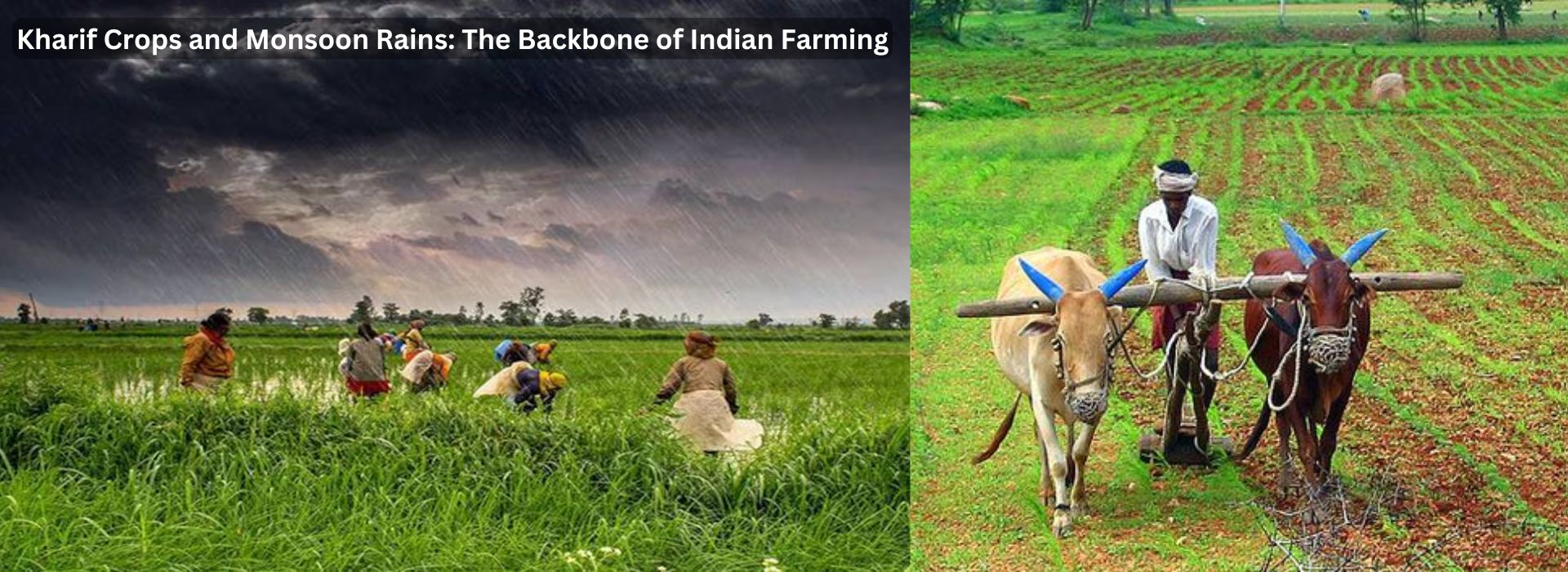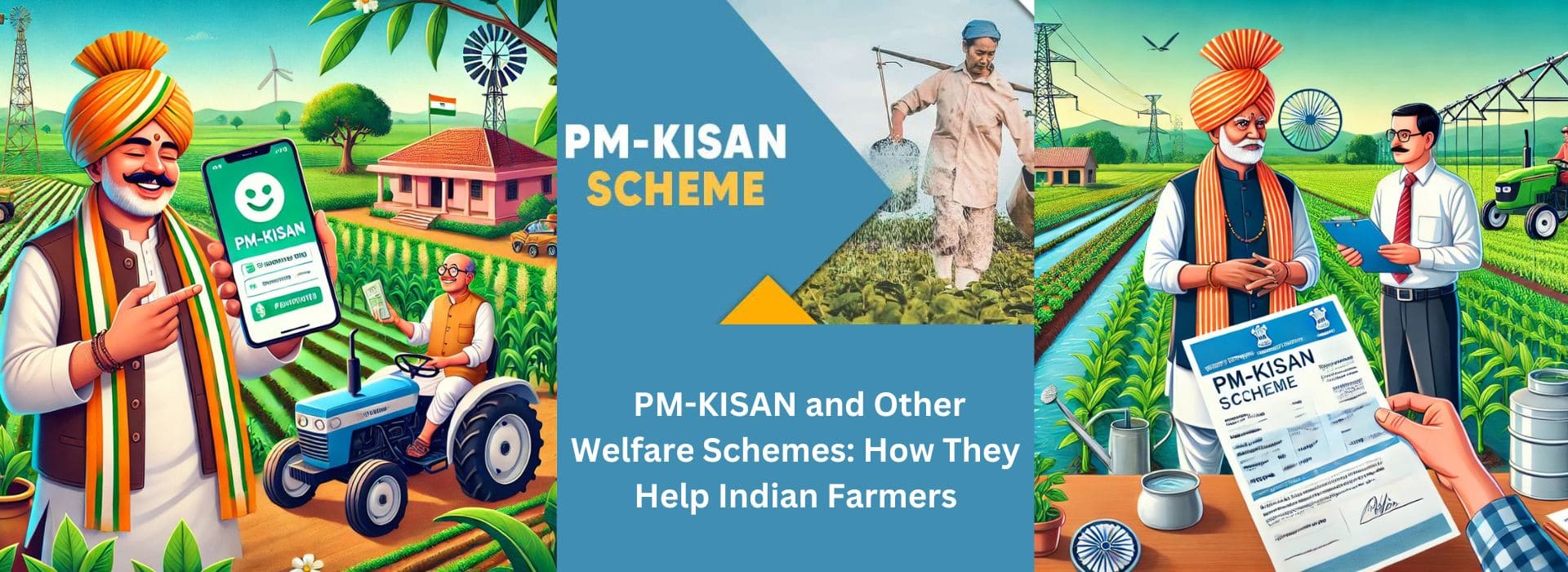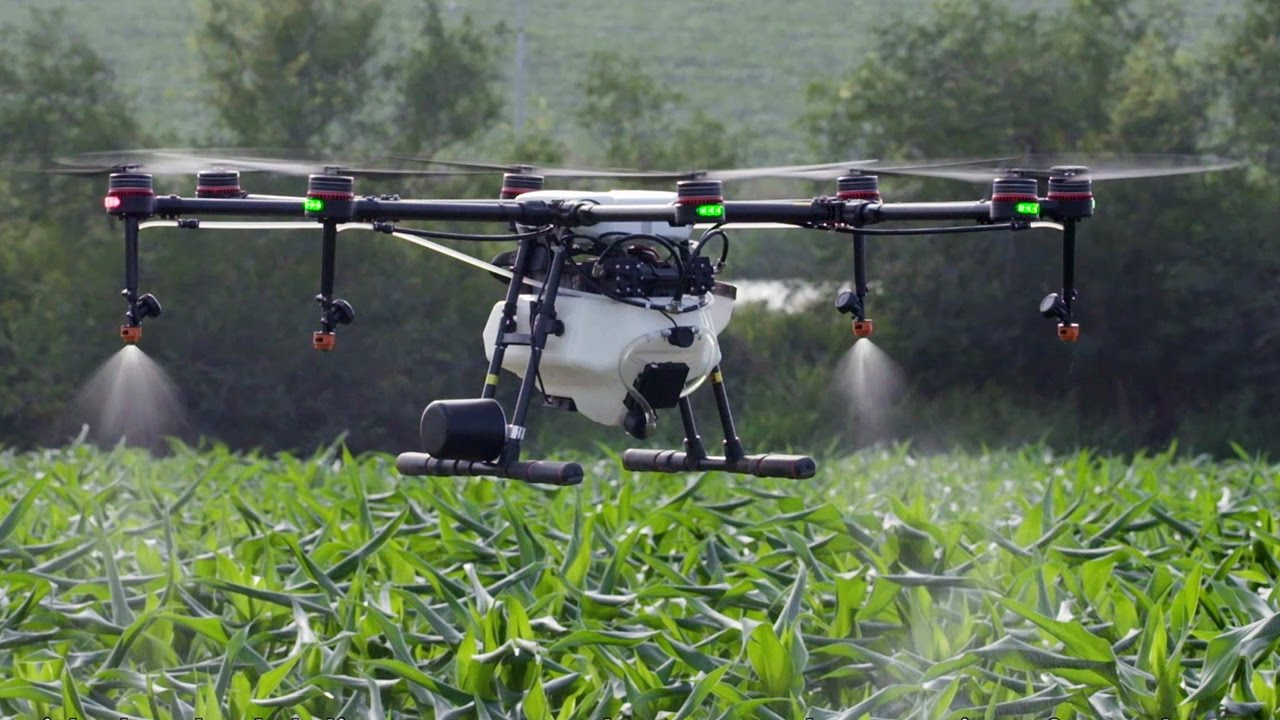Kharif Crops and Monsoon Rains: The Backbone of Indian Farming
May 21, 2025Kharif
Crops and Monsoon Rains: The Backbone of Indian Farming
India’s
agricultural heartbeat pulses with the rhythm of the monsoon. For millions of
farmers, the arrival of the rains signals the beginning of a crucial season —
the Kharif cropping cycle. Deeply intertwined with the southwest monsoon,
Kharif farming sustains rural livelihoods, feeds the nation, and anchors
India's agrarian economy.
What
Are Kharif Crops?
Kharif
crops, also known as monsoon crops, are sown at the beginning of the
rainy season (June to July) and harvested in the autumn months (September to
October). Unlike Rabi crops, which depend on irrigation and are sown in
winter, Kharif crops thrive in warm, wet conditions — making them entirely
dependent on the timely and adequate arrival of monsoon rains.
Major
Kharif Crops in India:
- Rice (Paddy) – The most extensively grown and
water-intensive crop.
- Maize (Corn) – A staple in many regions, used for
food and fodder.
- Cotton – A major cash crop in Maharashtra,
Gujarat, and Telangana.
- Soybean – Increasingly important in central
India for oil production.
- Pulses – Arhar (pigeon pea), urad, and moong
contribute to protein security.
- Millets – Bajra and jowar are grown in arid and
semi-arid zones.
- Sugarcane
and Groundnut – Grown in
select states with longer growing seasons.
Why
Monsoon Rains Matter
The
monsoon is not just a weather pattern — it's a lifeline. Around 60% of
Indian farmland is rain-fed, lacking access to reliable irrigation. For
these lands, the southwest monsoon, which brings nearly 70% of
India's annual rainfall, is critical.
A
timely and well-distributed monsoon can result in:
- Higher crop
yields
- Stable food
prices
- Rural
employment and income
- Boosted GDP
through agricultural output
Conversely,
erratic rainfall — whether delayed, deficient, or excessive — can lead to:
- Crop
failures
- Food
inflation
- Farmer
distress and debt
- Reduced
rural demand impacting the broader economy
Regional
Variations
India's
diverse geography and climate mean that Kharif crop patterns vary significantly
across states:
- Eastern
India (West Bengal, Bihar, Odisha):
Dominated by rice and jute.
- Western
India (Rajasthan, Gujarat):
Focus on bajra, groundnut, and cotton.
- Southern
India (Andhra Pradesh, Tamil Nadu, Karnataka): Cultivate rice, maize, and millets.
- Central
India (Madhya Pradesh, Chhattisgarh): Grow soybean, pulses, and maize.
Challenges
Facing Kharif Agriculture
Despite
its centrality, monsoon-based agriculture faces mounting challenges:
1.
Climate Change
- Increasing
unpredictability in monsoon patterns.
- Shorter,
more intense rain events leading to floods or dry spells.
2.
Soil Degradation
- Intensive
rice cultivation and overuse of fertilizers reduce fertility.
3.
Water Management
- Poor
rainwater harvesting and storage infrastructure.
4.
Market Access
- Post-harvest
losses and poor prices often hurt farmers despite good yields.
The
Way Forward
To
strengthen the backbone of Indian farming, the focus must shift toward
resilience and sustainability:
- Rainwater
Harvesting and Micro-Irrigation:
Reduce dependency on erratic rains.
- Diversification: Encourage pulses and millets over
water-intensive rice.
- Climate-Smart
Agriculture: Early
warning systems, resilient seed varieties.
- Support
Systems: Crop
insurance, minimum support price (MSP), and better storage.
Conclusion
Kharif
crops and monsoon rains together shape the destiny of Indian agriculture. While
the dependence on nature's rhythm makes this system vulnerable, it also
highlights the deep connection between farmers and the land. As India moves
toward a more climate-resilient future, securing and strengthening monsoon
agriculture will remain vital—not just for food security, but for the heart of
rural India.
At krishibazaar.in, you
can find and buy various agricultural products. For agricultural guidance on
selecting the most suitable products for your crops, please contact or WhatsApp
at +917887880887






Guest reviews
No reviews found for this Blog